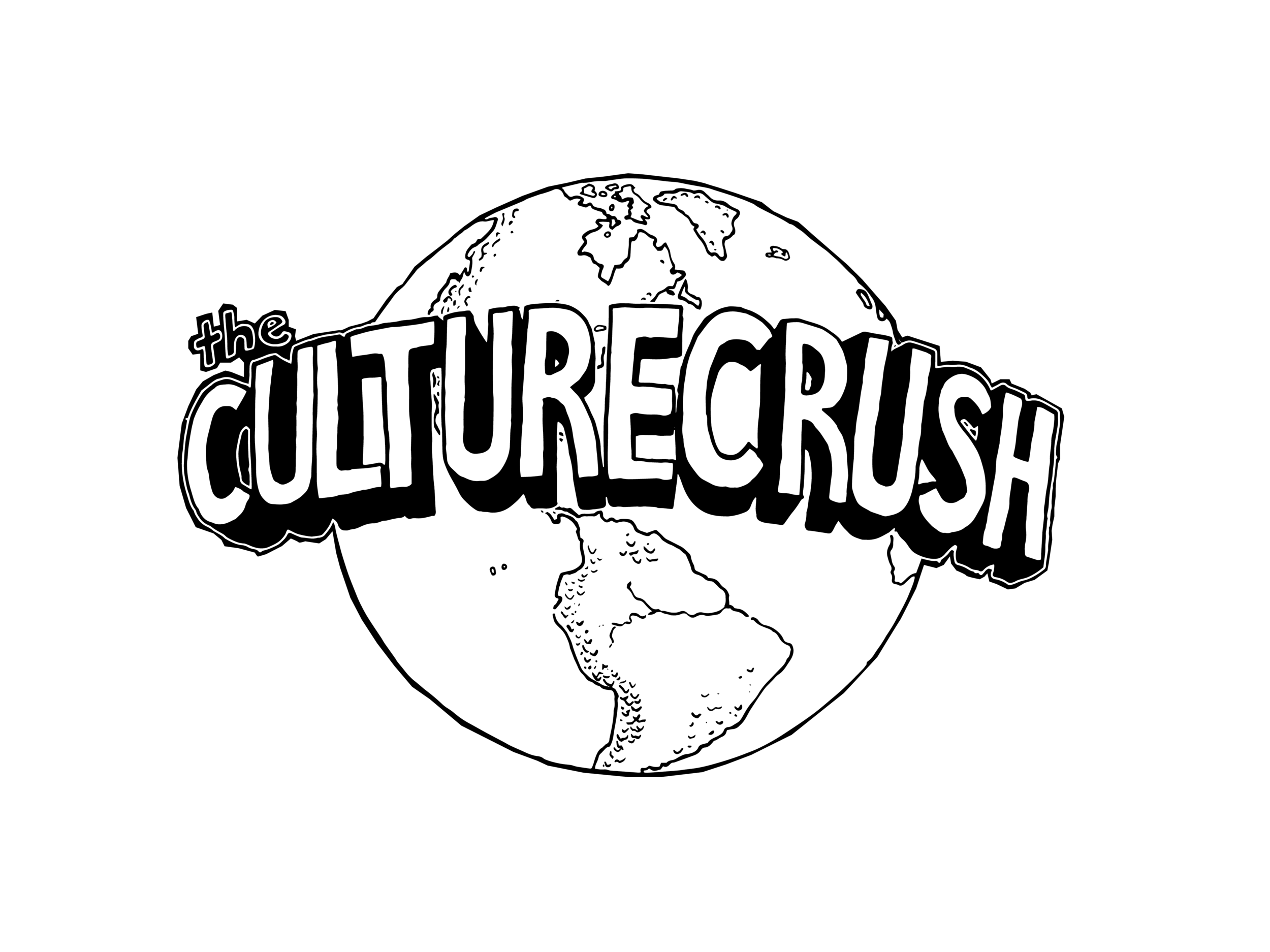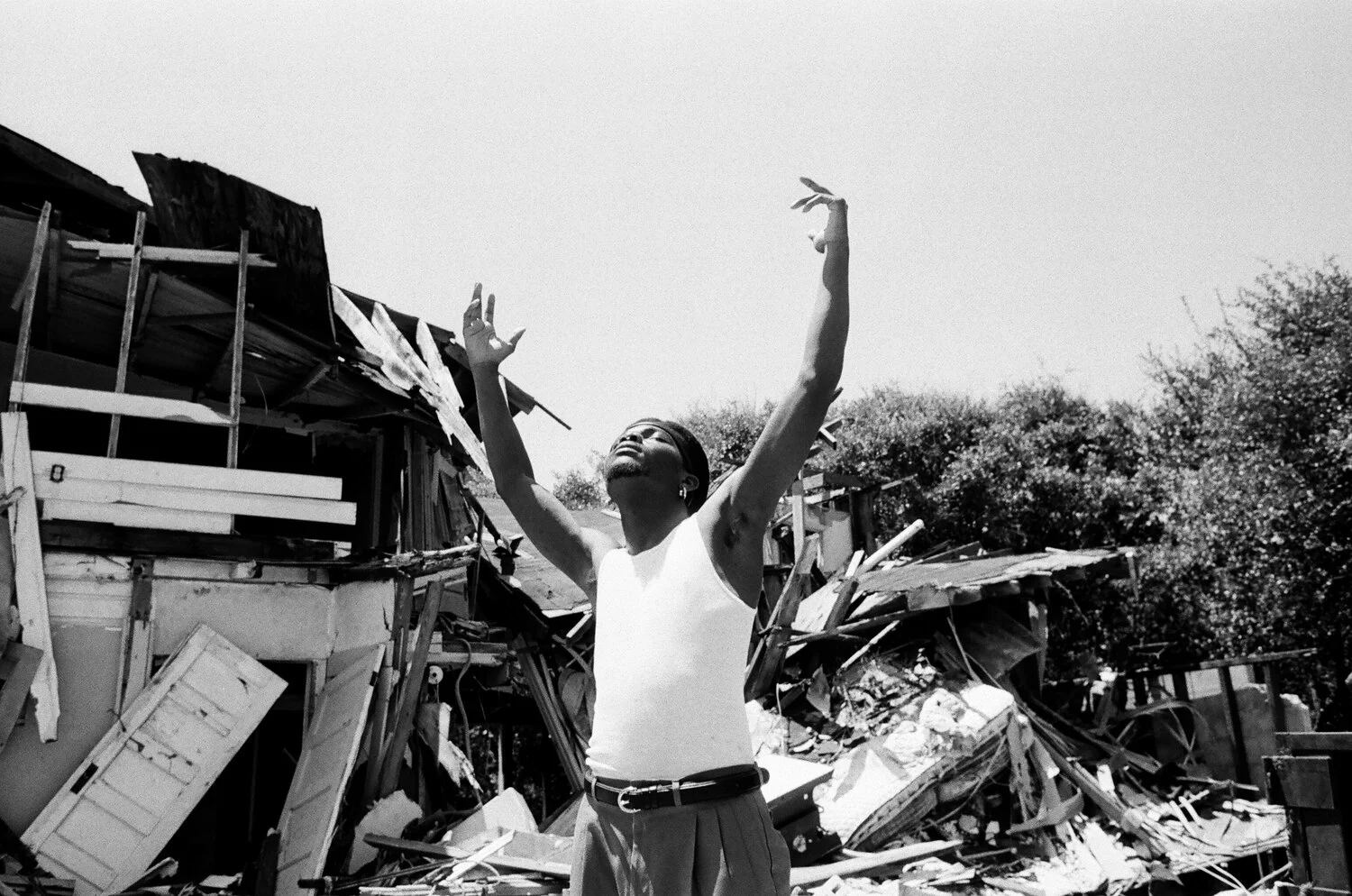Not So Secret Gardens
written by Ruby Scalera
Victory Gardens Prove Winning A War Sometimes Means Getting Your Hands Dirty
In times of uncertainty and struggle, when society is strained to the breaking point and resources run low, Americans have long turned to a sort of collective self-reliance, one where we take back the unreliable system of production, make enough for our community, and return to home education and family-centric life. Nowhere do these themes appear more clearly than in the victory garden movement, taken from wartime and applicable in all periods of collective distress and universal unease. As quarantined Americans build modern victory gardens today, on balconies and in windowsills, in neglected backyard plots and spare yogurt containers, it is not the result of a wide-spread propaganda campaign, as it has been in the past, handed down from a reliable government with the goal of boosting morale and providing rations. Today, as it becomes clear just how far removed we truly are from systems of production, transportation, and distribution, it is a natural human instinct to return to the dirt and try to make things ourselves. Why do we call them victory gardens today? Because we are fighting our own war, a different war than that of our predecessors, against an unseen force on one front and a dangerously misinformed central government on the other—we are fighting a war for a better, more collective, viable society—and that requires getting our hands dirty.
The concept of the victory garden was first developed during World War I, and perfected as a model of both resourcefulness and morale-boosting during World War II. They were populated with hearty vegetables and herbs that would provide the kind of stuff families could rely on when food was scarce, and became symbols, through illustrated propaganda campaigns, of patriotism and the home front war effort. By the end of World War I, there were more than five million such gardens across the United States, and they produced in excess of $1.2 billion dollars worth of produce and fresh food. The United States School Garden Army, established in 1917, encouraged schoolchildren to garden and taught them how. The practice of victory gardening was so successful, encouraged, and supported that by 1943, just a few years after the United States entered World War II, there were more than 18 million victory gardens across the country, including one on the White House grounds, instituted by the First Lady, Eleanor Roosevelt. By the end of 1944, victory gardens had produced as many tons of fresh fruits and vegetables as all of the commercially harvested vegetables for the same year. Folks saved money, the war effort rippled through even the most removed suburban towns, and vital skills that could protect and provide for in times of crisis were encouraged and rewarded. Today we face a series of new and old threats—a pandemic compared to the Spanish Flu of 1918, a bumbling megalomaniac administration and, most devastatingly of all, the looming reality of climate change and humanity’s role in making our only available home essentially unlivable. The types of wars may change, but the strategies for self-reliance, morale maintenance, and citizen involvement exist today as they did them, and one cannot help but wonder if our collective action can help limit the impact of the oncoming threat, just as it did 100 years ago.
It is no coincidence that while average Americans turn to their own resourcefulness and skill to survive in times of crisis and to mitigate human impact on an Earth strained nearly to breaking, the mega-rich are pressing the reset button and developing plans to leave the whole mess behind, in search of greener—or redder, if Mars truly is the next stop—pastures. The supremely wealthy have always looked at land differently than the rest of us. At the Palace of Versailles in the 18th-century, French royals made a statement with the use of a purely decorative lawn, which told the struggling French people that they were rich enough to waste valuable land on swaths of useless green grass, neither utilized for agriculture nor livestock feeding. It was but a shining emerald symbol of how excessively wealthy they were, one of many that would ultimately lead to the French Revolution, where the clash of deficit and excess contributed to the fall of the monarchy in France and the tumbling dominos of monarchical systems around the world.
By that point, however, America’s founding fathers had already taken the lawn back to the newly founded United States, where it would evolve and establish itself as a metaphor of modern suburban living—a symbol of wealth, status, and appearance. So the pendulum swings, and it was not long after the end of World War II, not long after the vast success of the victory garden, where the image of victory garden American life was replaced with that of the perfectly manicured front lawn. It became an icon of success to own your little piece of a useless thing, to control and manipulate the very ground that had provided so much.
The misuse of land, humankind’s need to control nature and manufacture organic beauty, the dangerous perspectives that have so contributed to climate change, became disciplines and ways of life as America evolved and expanded. Landscape architecture and accompanying design and organic material that went into creating carefully cultivated outdoor spaces began to rise in popularity and spread across a growing and developing country. Beatrix Farrand became a name associated with the very idea of landscape architecture, as one of the founding members and sole female in the American Society of Landscape Architects, formed in 1899. She designed over 100 public and private gardens, sections of Princeton and Yale’s campuses, the Abby Aldrich Rockefeller Garden, and even the plans for the New York Botanical Garden, constructed in 1988, after her death. She left behind a vast library of gardening and design manuals and books that are still in use today. Landscaping and gardening for aesthetic were becoming industries that stuck and trickled down from the extremely wealthy to the aspirational. In that, lawns—and their uses beyond Keeping Up With the Joneses—make statements, about the world, resources, access, and wealth. And when we turn to using those lawns for utility, for food growth and development, for wildflowers for pollinators and trees that will outlive us, we make statements too.
In that one foundational way, victory gardens of today differ from victory gardens of wars past. To begin, we come to them as individuals, like-minded, worried, suddenly starkly aware of just how fallible these systems of food development and distribution are. Victory gardens used to serve as propaganda and morale boosting for those on the home front, but in a time when we are relegated to isolation and quarantine, when the battle is fought in hospitals and in our own neighborhoods, the home front itself has become the front line, and we wage our efforts together, from acceptable distances away, in the trenches of our own apartments, doing the very best we can. In the beginning, victory gardens came about thanks to government efforts, but now they are developing on their own, due to the failures of big industry and big politics. The best we can hope for now is that we finally get to an understanding that even when this particular war is over, things cannot go back to the way that they were before—and to a broader knowledge that the biggest war of all, against climate change and the moving of the needle past the point of no return, remains on the horizon.
So we think big by thinking smaller—local, community, collective, growing enough for the people nearest, transparency in the systems of distribution and growth. While Musk and Bezos are developing their blueprints for a Martian royal court, the rest of us are using the resources we have to take back control, seize the means of production, and return to a period of American patriotism of which we could be truly proud. It will, after all, not be the billionaires that save us, nor yet a government on the edge of ego-driven self-destruction. The victory garden is proof that we can save ourselves—and that is our great revolution. In moving from an act of patriotism to an act of defiance against broken, dangerous government, victory gardens circle around to be patriotic once more, symbols of what America used to stand for—and can stand for again.
In the early days of victory gardens, schools, homes, and community spaces were transformed and dedicated to local grown and community self-sufficiency. It went, too, to canning and storing, producing food you could survive on in even the coldest of winters. With an imposed isolation period, Americans and citizens of the world are, perhaps, beginning to see just how fundamental these domestic arts truly art—cooking, gardening, knitting. Sewers are being called on to create masks where big industry and big government have failed. We rely on creativity for new meals that will last, for information on storage and freezing and family dinners. As it took a world war and another for Americans to find self-reliance methods in the past, perhaps this is the point of no return, the battle of the virus that leads to the war on climate, a way to create localized and self-reliant systems of growth and production that sever the dependence we all have on big organizations that cannot be there for us in times of true need. There are countless reasons why such gardens benefit us all; they reduce the impact on the environment, are produced without dangerous pesticides, focus locally, hold large corporations accountable, provide access in times of crisis and, at the end of the day, make people happy.
There seems no better time than now to return to those past ethos of skill-development and community survival. Seed exchange programs through libraries are the place to start, but far from the finish line. Where is our United States School Garden Army in public schools today, providing students from the youngest age information and access to food growth and development? What happened to Michelle Obama’s kitchen garden? How can we work to erase the lines that separate communities and prevent individuals from creating gardens of their own? How can we become community-focused and self-reliant, able to step up in times of crisis and to protect ourselves when the system fails, instead of simply looking for a way out?
Rather than looking to the stars, to blank slates and experimentation, we should look far closer to home for the answers and for our salvation. It is close to home where all of us, not only the mega-wealthy, not only the lobbyists, not only the greedy government, will find ways to support ourselves and our neighbors in times of peace and in strife. Whether that is utilizing vast, unused tracks of our property, or growing tomatoes in coffee cans by our apartment’s only eastern-facing window, each person’s individual best contributes to a group best that might just be enough to make a difference. In a war against climate change, against an inviably quick rate of development and technology, we cannot think like the billionaires looking to leave it all behind. We must think like the gardeners who fought on the home front during wars past—and we must see their practices as true methods for survival. When the other side of the battle destroys, either intentionally or by neglect and greed, the greatest act of rebellion—and in that, the greatest act of patriotism—is to build and to grow anew. Sow the seeds of victory, indeed.
















